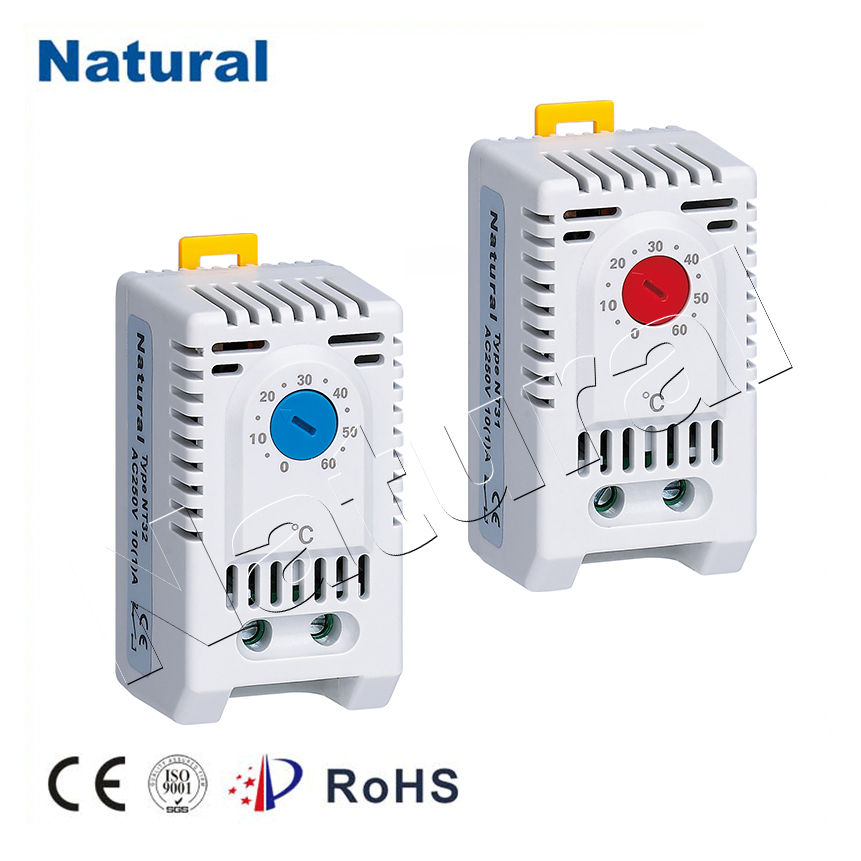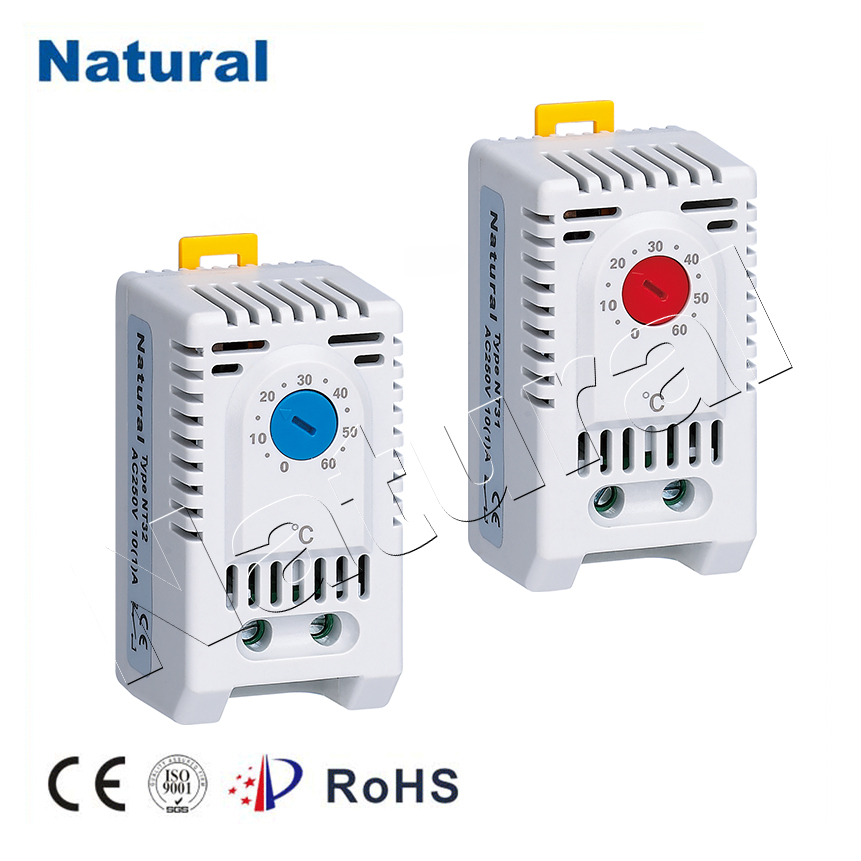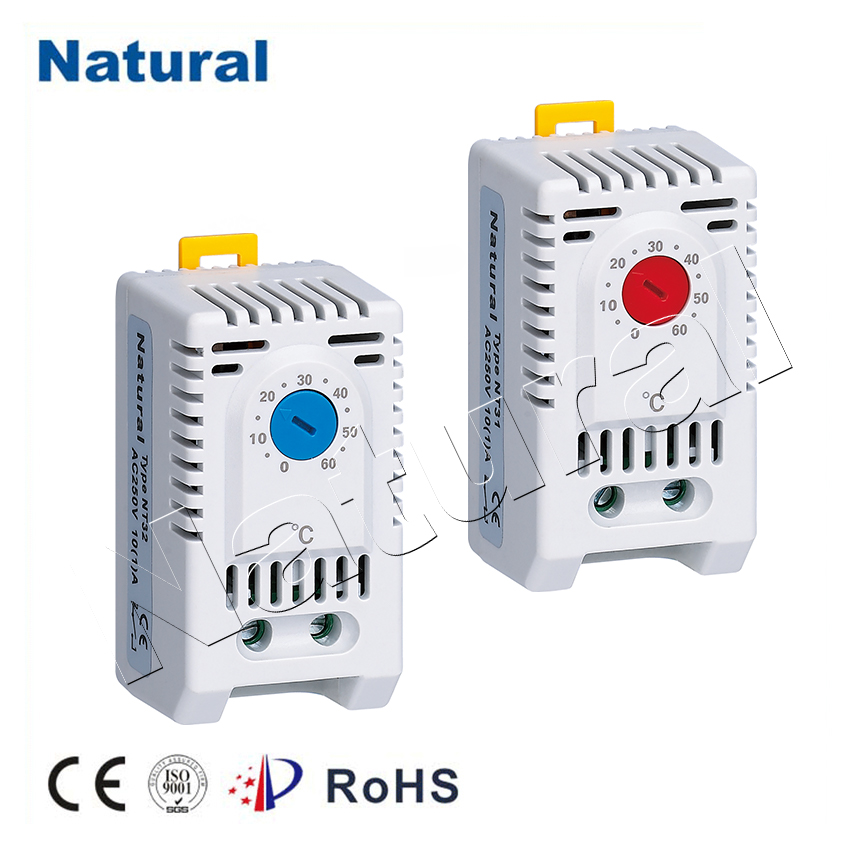In modern industrial and commercial settings, maintaining optimal temperature conditions is crucial for the efficient operation of various systems and processes. DIN rail thermostats have emerged as an essential component in this domain, offering precise and reliable temperature control. This article explores the functionality, benefits, and applications of DIN rail thermostats, highlighting their role in enhancing system efficiency and reliability.

What is a DIN Rail Thermostat?

A DIN rail thermostat is a type of temperature control device designed to be mounted on a DIN rail, a standardized metal rail commonly used for mounting circuit breakers and industrial control equipment. The DIN rail standard, originating from Germany, provides a modular and organized way to install and manage electrical components in control panels. DIN rail thermostats are used to regulate and monitor temperature within various industrial and commercial applications. They operate by sensing the temperature of the environment and switching electrical contacts to activate or deactivate heating or cooling systems accordingly. This ensures that the temperature remains within a specified range, contributing to the stability and efficiency of the system.
